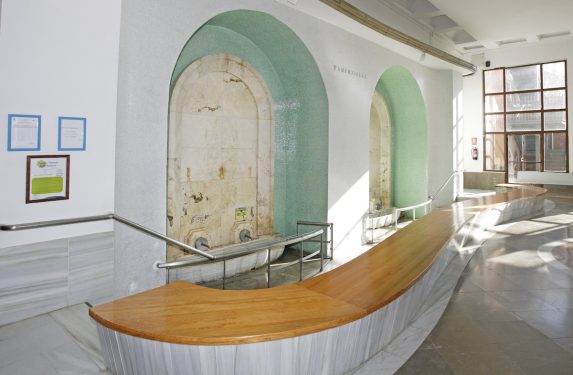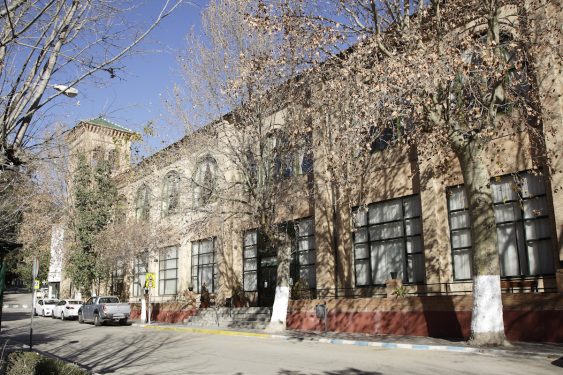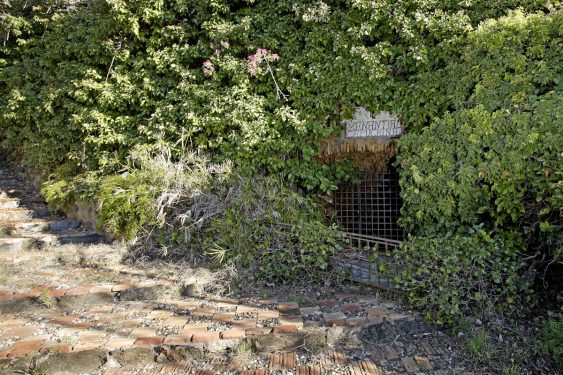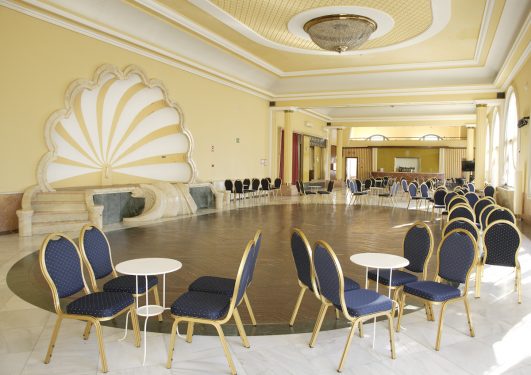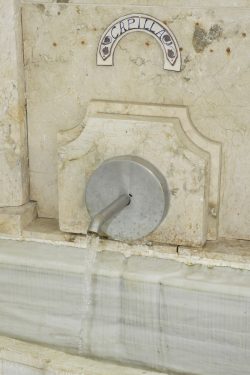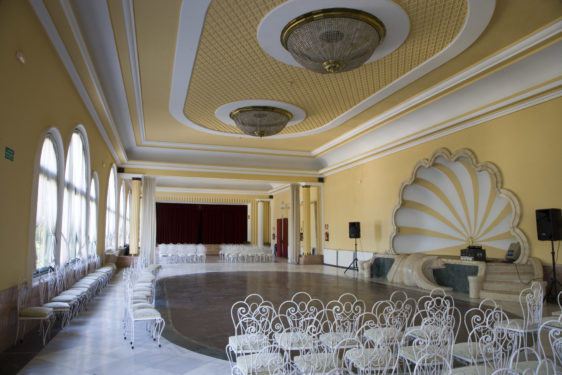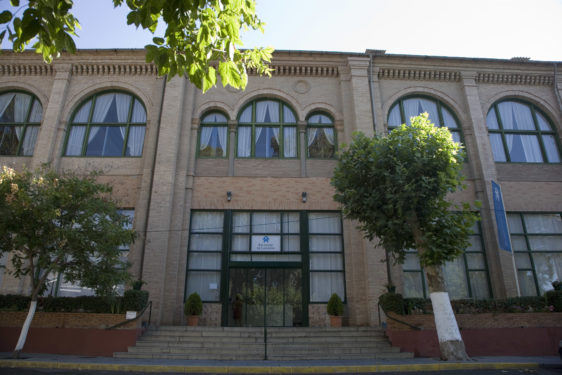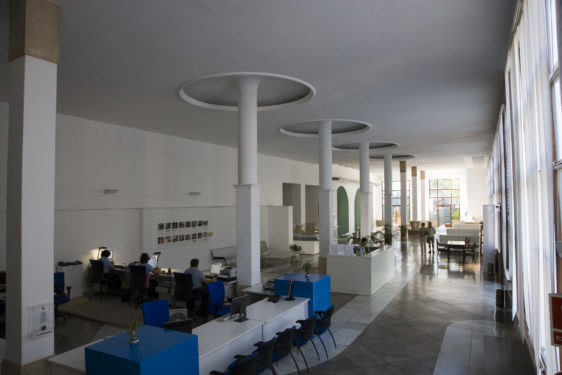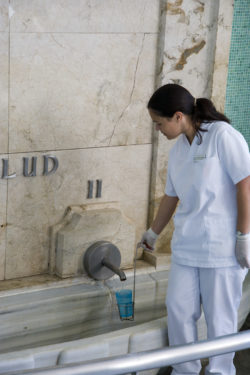Vicenta Lorca Romero, prone to problems arising from liver failure, was the driving force behind the annual visits of much of the García Lorca family to the Lanjarón Spa, in the foothills of the Sierra Nevada, where the spring waters come from. The curative sessions soon became a pretext for a family vacation between 1924 and 1935. They used to stay at the Hotel España. There is graphic or written evidence that Federico García Lorca accompanied the family several summers and that he took advantage of the stays not only to travel around the Alpujarra region but also to write some of the emblematic poems of the Gypsy Ballads.
In 1924, Federico traveled with his family to Lanjarón in September, as he describes in a letter dated in the spa town to his friend the Cuban scholar José María Chacón, then living in Madrid: “In Lanjarón, oh sierra, oh orange tree, oh rock, I am reborn to your friendship”, and in another of the same date addressed to Melchor Fernández Almagro to whom he encourages to visit Lanjarón: “You should come to that paradise as soon as you can. I have found very curious tales and ballads”.
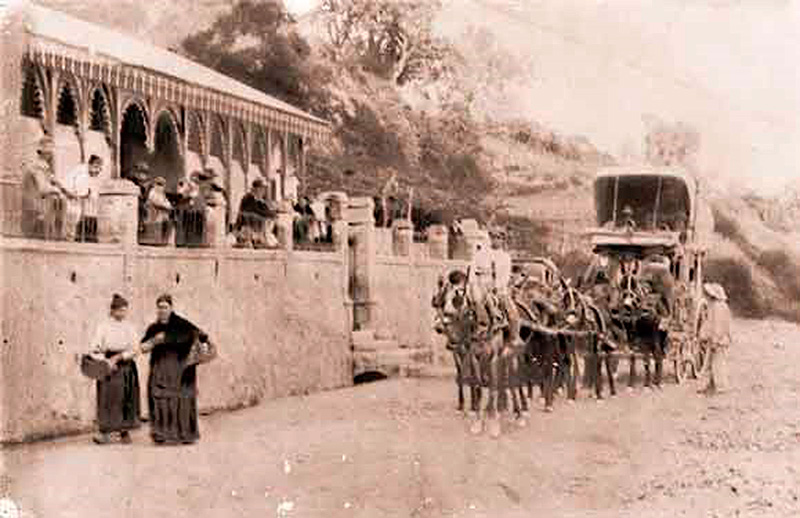
There is no evidence about the 1925 stay. It was the year in which they bought the Huerta de San Vicente (San Vicente Farmhouse) and of the visit to Catalonia to the Dalí family home. In 1926, however, it is recorded that he visited the spa in July. The spa already enjoyed a just fame that dates back to the Mozarabs. The healthiness of the waters of the spa was recognized in 1770, although the therapeutic exploitation of the springs became generalized in the 19th century.
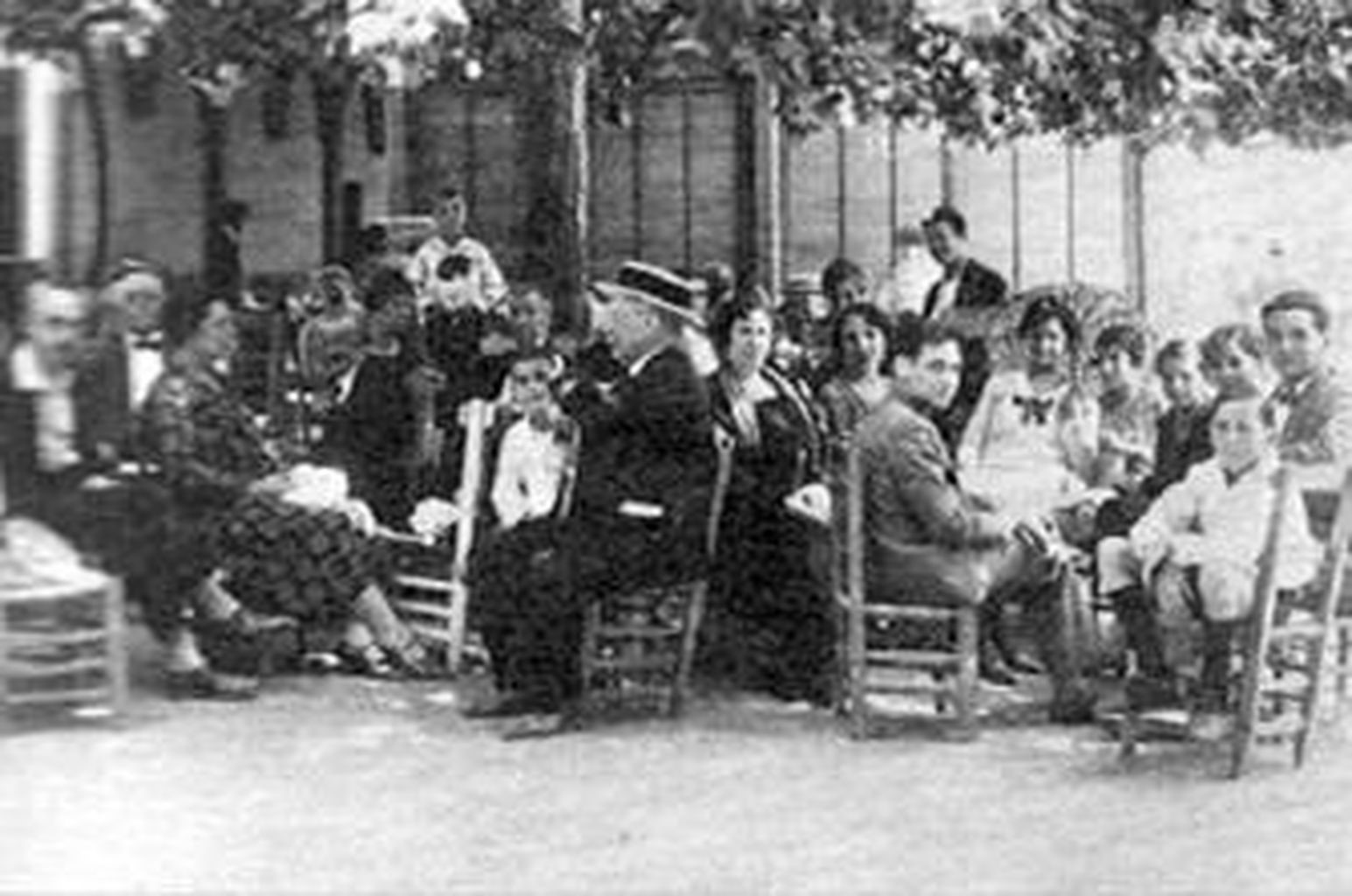
Federico returned to Lanjarón in the second half of 1927. To that period belongs a famous photo taken at the spa in which he poses with his whole family. It is the only one that outlines the atmosphere of the summers in the town. From Lanjarón he maintained extensive correspondence with friends such as Salvador and Anna María Dalí, the gallery owner Sebastián Gasch and the Uruguayan set designer Rafael Barradas. The poet’s approach to painting was not casual. That same summer, between June and July, he exhibited his drawings at the Dalmau galleries in Barcelona. In Lanjarón he writes, but he also draws: “As soon as I pick up the pen to draw, I become the most abstract thing that exists. I have a horror of the anecdotal”. And he cites some titles of the drawings conceived at the spa: Cleopatra, Ecce homo of Spanish School, Sea Breeze, Venusometer, Poem of the Hook….
One of the fixed themes he tackled were the portraits of San Sebastián, inspired by the iconography of the patron saint of Lanjarón: “San Sebastián is a myth of sweet water in a glass of pure crystal,” he wrote to Dalí.
The evenings at the Hotel España were impregnated with the air of languid decadence that portrayed, around the same time and referring to places where they took the waters, other European writers such as Herman Hesse in The Spa or Thomas Mann in The Magic Mountain. But in miniature and in southern Spain. The establishment had a large dining-room where bathers gathered at night to dance or listen to music. Isabel García Lorca recalls in her memoir My Memories those scented, cool and slightly decadent summer nights in the lounge of the Hotel España: “At night there was a meeting in the hotel lounge and we often danced because Federico would play the piano”.
The poet and priest Juan Gutiérrez Padial (Lanjarón, 1911 – Granada, 1986) met Lorca for the last time in the Alpujarra in the summer of 1934. This is how he remembers it: “Federico stopped at the Hotel España, located high up on the Avenue. What did we talk about that afternoon, without suspecting -or maybe we did- that we would never meet again? I remember his colossal profile, like a Michelangelo’s prophet turned to the viewpoint, drinking lights and backlights in the cup of amazement, from surprise to surprise in front of the crimson, limpid enveloping of the steep peaks until tearing the vault of the sky”.
One of the most beautiful and mysterious letters dated by Lorca in Lanjarón is addressed to Anna María Dalí and corresponds to the summer of 1926: “The Mediterranean is one and indivisible. I tell a tale of the aesthetics of Lanjarón. A child was beaten by his parents. And they took away the grapes he ate. And they tore his clothing. The child went out crying and met another child. The newcomer asked him, ‘What’s the matter with you that you cry so much?’ The weeping child said to him: ‘Come up there, to the top of the hill, and I will tell you. Once on the top of the hill, the child who was not crying said, ‘Tell me what happened to you’. And the other child, crying, began: ‘Well, my parents have beaten me, etc., etc., etc., etc.’. When he had finished spilling out his sorrows, the other child looked at him fixedly and said with derision: `Are you finished now? The Mediterranean is one and indivisible”.
Duerme.
[Sleep.]
No temas la mirada
[Do not fear the]
errante.
[wandering gaze.]
Duerme.
[Sleep.]
Ni la mariposa,
[Neither the butterfly,]
ni la palabra,
[nor the word,]
ni el rayo furtivo
[nor the furtive beam]
de la cerradura
[of the lock]
te herirán.
[will hurt you.]
Duerme.
[Sleep.]
Como mi corazón,
[Like my heart,]
así tú,
[like you,]
espejo mío.
[my mirror.]
Jardín donde el amor
[Garden where love]
me espera.
[awaits me.]
Duérmete sin cuidado,
[Sleep without a care,]
pero despierta,
[but wake up,]
cuando se muera el último
[when the last]
beso de mis labios.
[kiss from my lips dies.]
(Suites, 1920-1923)
('Berceuse' in the Mirror Asleep)- Arredondo Valenzuela M. García Lorca in Lanjarón. A Poet and a Landscape , included in Lanjarón, Water Landscapes. Lanjarón Spa, 1999.
- Adoración Elvira Rodríguez and Fernando Rubio Muñoz. Lorca in the Country of Nowhere (Lanjarón-Alpujarra) , 2017.
- Federico García Lorca. Complete Works I and IV. RBA-Instituto Cervantes. Madrid, 2006.
- Isabel García Lorca. My Memories. Tusquets. Barcelona, 2002.
- Ian Gibson. Lorca the Gay World. Planeta. Barcelona, 2009.
- Juan González Blasco. Órgiva. Milestones in his History. Volume II. Hermanos Gallego Hódar Publishing House. Órgiva, 2001.
- Lorca´s location
- Spa in Laranjón
- current location
- Spa in Laranjón
- ADDRESS
- Avenida de Madrid, 2
- Web
- https://www.balneariodelanjaron.es/balneario-de-lanjaron---en
- Telephone
- 958 770 454
- reservas@relaistermal.com
- DETAILS OF THE VISIT
The Lanjarón Spa is open all year round and offers various thermal services.
